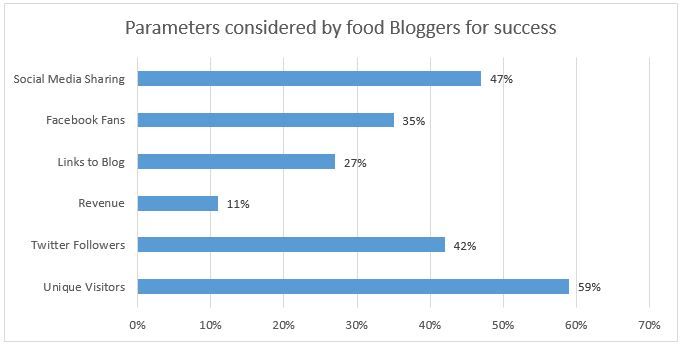Эволюция фуд-блогинга: от кулинарных творений до цифровых источников дохода
Истоки фуд-блогинга берут свое начало в 1997 году, когда Chowhound, онлайн-дискуссионный форум, начал свою деятельность как цифровое место встречи для любителей еды в Нью-Йорке. Он обслуживал тех, кто искал региональные и труднодоступные продукты, не являющиеся частью основной культуры. Он направил влияние американских потребителей в сторону местных деликатесов. С тех пор фуд-блогинг эволюционировал и продолжает это делать. В 2009 году состоялась первая в мире конференция food блогеров, целью которой было обслуживание фуд-блогеров, писателей, влиятельных лиц в социальных сетях, пищевых брендов и PR-компаний.
В современном мире онлайн-инфлюенсеров фуд-блогеры также превращаются в инфлюенсеров, превращая фуд-блогинг в коммерчески выгодное занятие, формируя отношения между фуд-блогерами и ресторанами. Вооруженные смартфонами, профилями в социальных сетях и блогами, блогеры оказывают значительное влияние на ресторанный бизнес, фуд-блогеры эквивалентны профессиональным критикам.

Фуд-блогинг включает в себя написание традиционных и современных рецептов, рецензирование еды в разных местах. Согласно отчетам, в первом квартале 2022 года фуд-блогинг был самой прибыльной нишей. Фуд-блогеры используют SEO (Search engine optimization), food photography, поскольку было показано, что добавление фотографий в пост увеличивает вероятность получения "сильных результатов". Фуд-блогеры активно используют такие платформы социальных сетей, как Instagram, Facebook, Twitter и Pinterest, для создания информационного источника и перекрестных ссылок для своих блогов.
Согласно отчету, самые популярные темы, освещаемые фуд-блогерами, - это рецепты, за которыми следуют обзоры ресторанов и здоровый образ жизни. Пандемия COVID вызвала эволюцию пищевой культуры в Instagram, люди привычно фотографировали еду перед тем, как съесть ее, документируя процесс приготовления всего блюда, создавая новую возможность и растущую платформу для фуд-блогеров.
Пути развития фуд-блогинга
Food and Travel Blogs-
Появление Интернета позволило любому человеку делиться своим опытом из любой точки мира виртуально через Интернет, теперь путешествующий фуд-блогер может делиться своим опытом через блоги о еде и путешествиях, где блогеры исследуют, посещают новые места и предоставляют обзоры и информацию о местах, опыте, качестве и уникальности еды.
Social Media-
В настоящее время пользователи не ищут новые рестораны в Google, а скорее смотрят обзоры на Zomato, Twitter, Instagram и т.д. Предприятия Food & Beverages обращаются к влиятельным блогерам, чтобы охватить аудиторию и повысить вовлеченность клиентов, их отзывы о присутствии в социальных сетях помогают блогерам охватить и привлечь новых потребителей контента.
Hospitality-
Благодаря имеющимся инструментам, фуд-блогинг - это не просто реклама качества еды, но и освещение всего опыта приема пищи, который предлагает ресторан, включая атмосферу, обслуживание, декор и т.д.
Food Vlog–
Последняя тенденция - это фуд-влогинг, который представляет зрителям видеоролики о еде. Влогеры записывают себя, готовя все блюдо на камеру, и представляют отредактированную версию потребителям контента.
Marketing-
Блоги стали важным инструментом для ресторанов, они нанимают влиятельных блогеров для привлечения аудитории и создания своей репутации, со временем блогер приобретает влияние на часть аудитории restaurants , постоянно публикуя качественный контент.
Заключение
По сравнению с первыми днями, фуд-блогинг взаимосвязан с социальными сетями, ресторанами, маркетингом и рекламой. Мобильные телефоны и другие технологии предоставили блогерам возможность предоставлять персонализированный опыт потребителям контента, а благодаря эффективному использованию социальных сетей появились способы привлечения новых потребителей контента и становления влиятельным лицом. Отношения между фуд-блогерами и ресторанами стали очень важными с развитием информационных технологий. Клиенты предпочитают доверять мнению блогеров, когда дело доходит до решения об их следующем посещении ресторана.
